Content Marketing Strategies: A Tale of 3 Brands
April 26, 2024
If the maxim “Content is King” is still true (it is), there’s one obvious reason: Strategic content marketing works. When a business uses a well-calculated strategy to create, coordinate, place, and maintain superb digital content, good things can happen.
In this article, we’ll look at three well-done content marketing campaigns, or strategies. They include both short-term and long-haul tactics that have performed successfully to bring these companies’ offerings to the attention of the people who want them.
The three have something else in common: They all use their content to promote care for the environment and the welfare of humans.
Their resulting growth tells the rest of the story.
Patagonia: Content Marketing Tips from the Trail Less Traveled
Patagonia creates and sells outdoor clothing and gear for what it calls “the silent sports:” climbing, surfing, skiing, snowboarding, fly fishing, and trail running.
The company’s name is inseparable from its environmental efforts and reputation for top-notch treatment of the people who produce its products.
Yvon Chouinard started Patagonia in 1973. Prompted by travels in South America’s Patagonia region, he debuted a wilderness-evoking logo for the brand—an image of the region’s iconic Mount Fitz Roy.
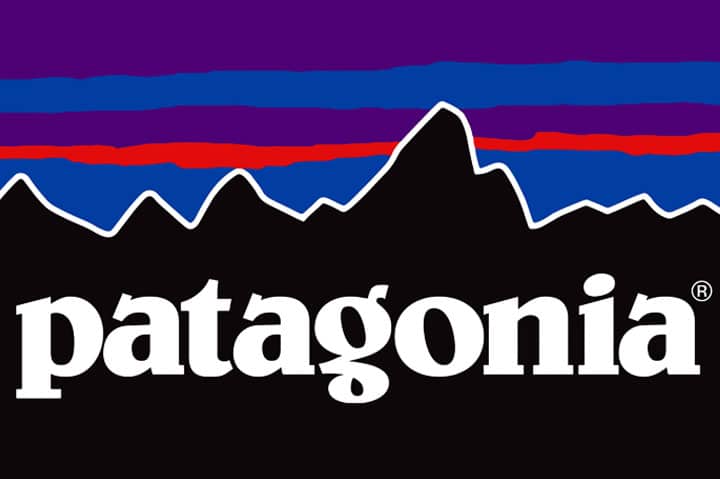
Atypically, founder Yvon Chouinard’s goals for the company have nothing to do with endless growth. He’s been quoted as saying the basis for Patagonia’s success is “quality in whatever we do.” To understand what that means, you must know that his concept of quality reaches beyond offering quality products.
Product quality is, of course, very important to Patagonia. So, its content marketing platforms consistently promote:
- A lifetime warranty on everything sold.
- The company’s use of technology to develop increasingly environmentally friendly products.
- Lessons about concepts like layering for cold and wearing nylon to resist water.
- Reuse—the website features a “Worn Ware” page where customers can, in effect, recycle their Patagonia gear by trading it in for credit, allowing other shoppers to buy it.
Then there are the environmental and human aspects of quality that also define the brand and are displayed across various channels:
- On its main platform—its website—Patagonia encourages customers to “Escape Responsibly,” and then offers 10% off for signing up to receive email, texts, and newsletters. Besides product news, stories, and videos, these messages contain “Enviro Action Alerts.”
- A “Stories” page on the site includes first-hand accounts from participants in a panoply of sports, plus stories of adventure and environmental efforts.
- Patagonia is a founding member of the Conservation Alliance, which uses its power to protect outdoor spaces.
- Over a decade ago, Chouinard started the 1% for the Planet program, encouraging other businesses globally to become members and give 1% of yearly sales to help the environment. Patagonia’s own donations have exceeded $74 million.
- A well-followed Facebook page features environmentally conscious reels, sales notices, and a used gear marketplace.
- Patagonia launched the Footprint Chronicles system in 2007 to let customers follow the products they buy from the raw materials stage through retail, bringing to light human trafficking in the supply chain.
- The brand has built a reputation for treating its employees exceptionally well—providing on-site childcare, organic cafeteria meals, and more.
- Patagonia reviews its partners on the quality of their working conditions and works only with facilities that allow visits for inspections.
These factors, as more than just elements of strategic content marketing, have helped build a loyal following of like-minded customers who appreciate all the aspects of quality the brand represents.
They know the company is doing good for its customers, employees, and the planet, and they post fervently in large numbers on the brand’s Instagram and Pinterest pages.
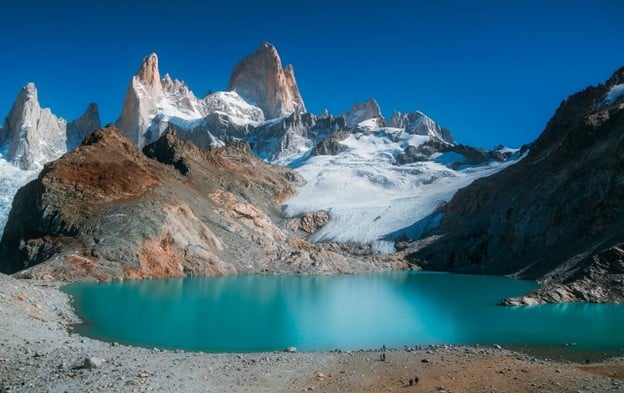
Tip: Content marketing can use the surprise factor.
Outstanding among marketing efforts,Patagonia’s anti-intuitive “Don’t Buy This Jacket” campaignfamously made a bold statement about company values by encouraging customers to think about environmental impact and overbuying before purchasing something new.
Patagonia placed the intriguing ad in The New York Times on Black Friday, 2011, using an image of its iconic fleece jacket, made with recycled bottles.
Patagonia also used the line “Don’t Buy This Shirt” in a catalog write-up and got what it characterized as “strong response.”
Books as Examples of Content Marketing
Several books written by Chouinard have contributed to Patagonia’s branding. They include “Let My People Go Surfing: The Education of a Reluctant Businessman,” explaining his philosophy about treating employees well and how that relates to business success.
Chouinard’s other books are an instructional volume titled “Simple Flyfishing” and “Family Business: Innovative On-Site Childcare Since 1983.”
While Patagonia has always focused on treating both the earth and humans with respect rather than maximizing profits, that approach has proven, almost coincidentally, to be profitable.
While paying its employees well, Patagonia generates over $1 billion annually. Total profit is currently calculated to be about $100 million per year. The company has continued to add stores and runs 70 locations worldwide as of this writing.
A recent prominent poll ranked Patagonia as the most respected brand in the United States.
Avalon Waterways: Strategic Content Marketing Out of the Mainstream
Although its parent company, Globus, has been in the travel biz since 1928, Avalon Waterways was started in 2004 to specialize in river cruises.
As a newcomer to the fiercely competitive river cruising space, Avalon considered how to do strategic content marketing to set the brand apart. The need to build trust pointed to the need to get creative through a multi-faceted plan.
Initially, Avalon contacted top travel agents using a 3-step direct mail initiative that inspired them to take “ownership” and provided incentives to sell Avalon trips.
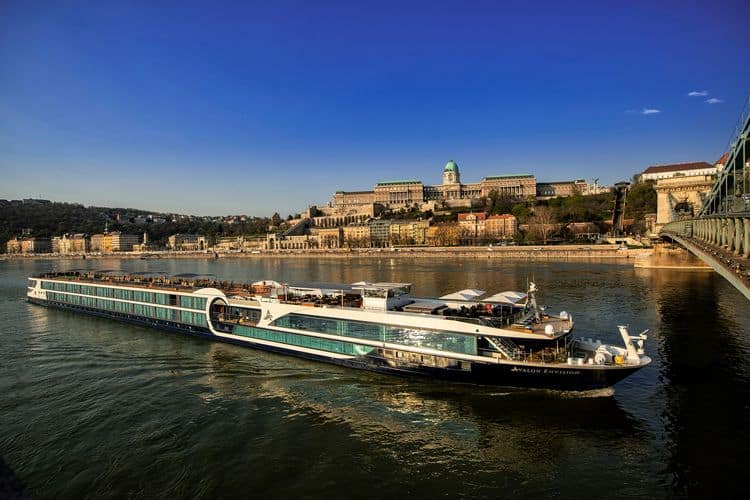
Marketing collateral sent to agents featured messages such as, “Our newest ship just became Europe’s latest attraction.”
The campaign’s images and text emphasized the ships rather than the scenery to tell the story of why the new cruise line should be entrusted with precious vacation time.
Agents could become Avalon specialists, giving them access to brochures, virtual ship tours, reviews and testimonials, planning tools, deals, and more.
Since that first approach to agents, the company’s cross-channel content has told the story of the ways Avalon Waterways has reimagined cruising:
- The website tells of “smaller ships, bigger experiences.” In other words, completely different, more personal experiences than a huge-ship ocean cruise.
- Details on each ship reveal that each averages only 150 passengers aboard. The site highlights a 3/1 passenger/crew ratio. (The Avalon Saigon carries only 36 guests on the Mekong River.)
- Value and freedom of choice for passengers is emphasized.
- Guests are offered lots of options to “Stray the Course”—customize their trip—both on board and in ports, by choosing from many “Active,” “Discovery,” and “Classic” pastimes.
- Ship-centric virtual tours are a valuable piece of online strategy. The tours show details large and small, bow to stern, in public and private spaces. Lots of them have been placed on YouTube and the website.
- An active Facebook page features an array of tantalizing videos shared by the company and guests.
- Avalon Pinterest postings feature everything from crew to food, from stunning scenery to a few words a traveler might want to know before embarking.
- An active Instagram account provides lots of snaps and reels to put followers on the ships and at destinations.
- A webpage features many glowing reviews from previous guests.
- The website doesn’t just tell but shows what a difference Avalon’s attention to premium features makes—from spirits to coffee to towels to tantalizing food.
- A plethora of detail about each ship’s dimensions and amenities are also displayed with a couple of clicks.
Avalon currently operates cruises on the rivers of Europe, South America, Asia, and Africa. The company began launching what it calls “panorama” ships in 2011.
“The Widest View in the Whole Wide World”
By clicking that statement on the website, cruise shoppers get transported from their computer screens right into a stateroom of an Avalon Suite Ship for a “3D virtual experience.” The “experience” shows that, in the 80% of Suite Ships’ rooms that are Panorama Suites, passengers can literally see more via floor-to-ceiling windows.
The rooms are designed to view scenery either from the bed or a table that forms an open-air balcony when sliding doors are pulled aside.
Sizes and dimensions of Avalon suites’ staterooms are compared to those of “average” river cruise lines. Features such as the comfort of beds are flaunted, as are additional sound insulation and larger-than-usual, luxurious bathrooms.
Avalon Waterways participates in and promotes Globus’ Lighthouse Project, a green initiative begun in 2021. The project gets guests involved in ecology through “Trees4Travel,” planting a tree for each guest who travels on one of the ships, to lower CO2 levels.
Guests and potential guests learn about the program on the “Avalon Cares” page of the line’s website, which also lists other conservation efforts supported by Globus to keep the ocean clean, honor rangers, and protect wildlife. The page says that only “responsible viewing of wild animals” is offered as opposed to captive animal shows.
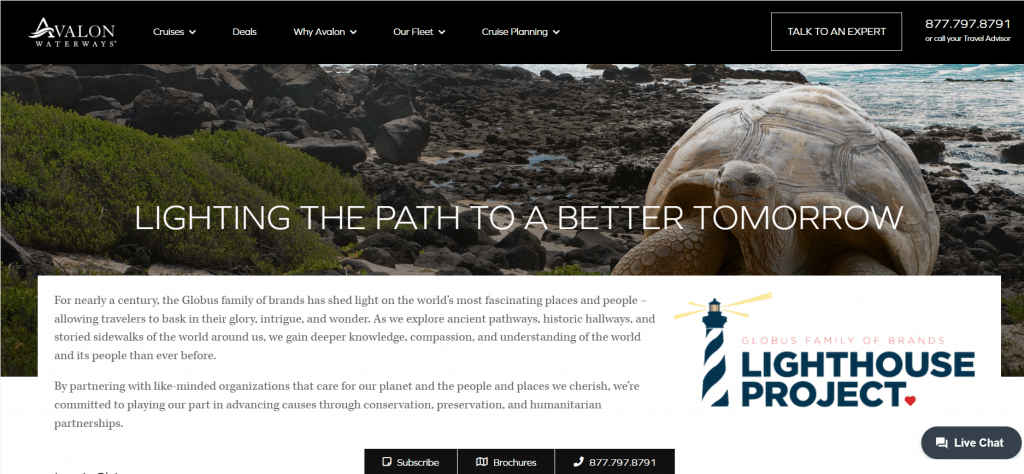
Avalon Waterways has earned high ratings across a multitude of review sites on the web. It has also won awards—from Cruisecritic, Conde Nast Traveler, and USA Today. Displayed on Avalon’s website, they serve as further proof of success in cruising excellence.
If more proof is needed, it can be found in Avalon’s growth. First-quarter bookings were the largest in the company’s history in 2023, and new voyages have been added to cruising schedules for 2023 and 2024.
Lengthier (two-week) “Magnificent Europe and Grand France” trips are becoming popular. Even off-season travel is expanding, and new “Christmas Markets” cruises on the Danube and wine-focused cruises on the Rhone are being added.
In 2023, the company’s annual revenue was estimated at $11.4 million.
Island Brands: Content Marketing Campaign Tactics Build a Fanbase
On a 2016 sailing trip to Cuba, Scott Hansen and Brandon Perry were longing for a better beer. Back home in the States, they found an open niche for a superior quality beer targeted to a full-of-life clientele that wants to give back to the environment.
Instead of joining the glutted craft beer market, the two business partners aimed for the premium/import market where the big competitors play. They found their place in that sector through strategic content marketing, shrewd branding, and a little help from a lot of new friends.
Using the motto “Find Your Island” for their American-made, super-premium brews, Island Brands began with Coastal Lager and Island Active, a lighter beer.
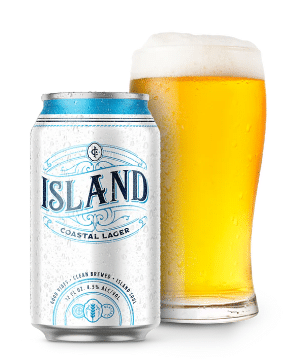
Their content marketing tipped off environmentally aware consumers to the crushability of Island Brands’ cans, and to the beers’ all-natural, GMO- and filler-free ingredients.
In an unorthodox move, the founders decided to use crowdfunding to raise capital.
Exceeding their goal, the fledgling company went on to develop a nationwide network of investors who are enthused about the brand and about promoting it.
Here are some of Island’s content marketing platforms and emphases:
- A sea-infused, fun, and informative website transmits the message of the Island lifestyle and mission. The website’s About page, for example, offers customers the “clean choice” to drink “clean beer” and contribute to a “clean planet.”
- One of the ways the company carries out its mission is through membership in 1% for the Planet, ensuring a minimum of 1% of sales each year go to environmental charities.
- The investor/fan group, called the Islander Community, helps promote not only Island’s beverages, but also partner businesses that serve the same target audience.
- The company has put a heavy emphasis on building its social media presence and other online resources to connect with its audience. One key to success is plenty of interaction with fans who respond to the brand’s lifestyle message on X (formerly Twitter), Facebook, and Instagram.
- The company sends out emails to subscribers to keep them up to date on what’s new with the brand.
- Island gets many backlinks from Brewbound.com, Beveragemaster.com, and similar industry sites and publications.
- American-made is a big marketing point across all content marketing platforms.
Strategic marketing content comes on cans, too.
From the beginning, Island focused on getting Island Coastal Lager and Island Active into stores so customers would become familiar with the brand. The efforts paid off when big chains such as Publix, Walmart, Kroger, Harris Teeter, and Food Lion bought in.
Marketing efforts also got the Island brand served aboard all Carnival Cruise ships, exposing it to over 12 million passengers each year.
Cruise-goers ask for it back home where they shop and dine, and a sentimental connection between the brand and the sea gets reinforced.
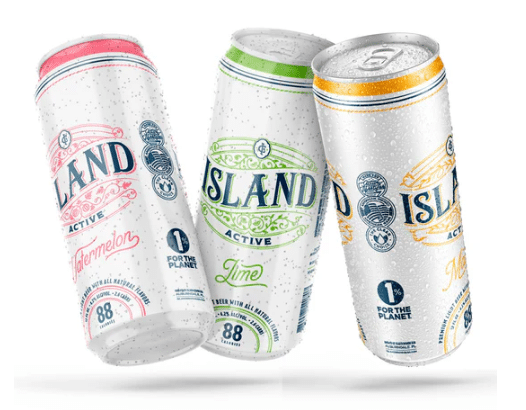
Island Brands has succeeded to a degree that makes it a company whose strategic content marketing methods deserve to be studied.
In 2021, sales figures in seven Southeastern states soared to 160,000 cases. In 2022, growth of Island Active in Georgia and North Carolina spiked by 157% and 120%, respectively, earning the brand the distinction of being the quickest-growing super premium in those states.
In 2023, Island Brand’s availability ballooned beyond its original Southeast distribution area. Via a partnership with BevMax, the brand can be purchased online from New York to California, in states between, and locations overseas.
Island Brands’ product lines have expanded along with its territory. The company now makes fruited lagers, spirits, cocktails, spiked tea, lemonade, and variety packs.
Sales have skyrocketed Island onto the Inc. 5000 list of quickest-growing private companies.
In Summary
As you can see from the three examples above, marketing campaigns that are strategic, well-thought out, and utilize both short-term and long-haul tactics will not only capture the attention of consumers, but will turn them into loyal, long-term customers.






























